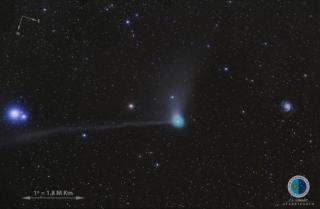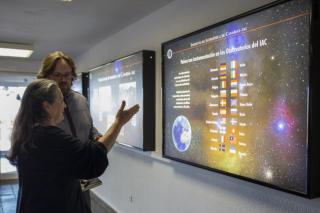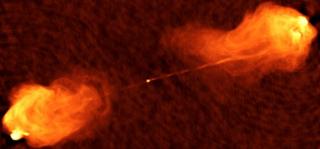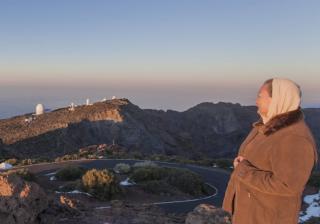
From the Teide Observatory, the Instituto de Astrofísica de Canarias (IAC) will follow Pan STARRS and 252p/Linear, the comets which have made the closest approach to the Earth since 1770
Advertised on
This section includes scientific and technological news from the IAC and its Observatories, as well as press releases on scientific and technological results, astronomical events, educational projects, outreach activities and institutional events.





